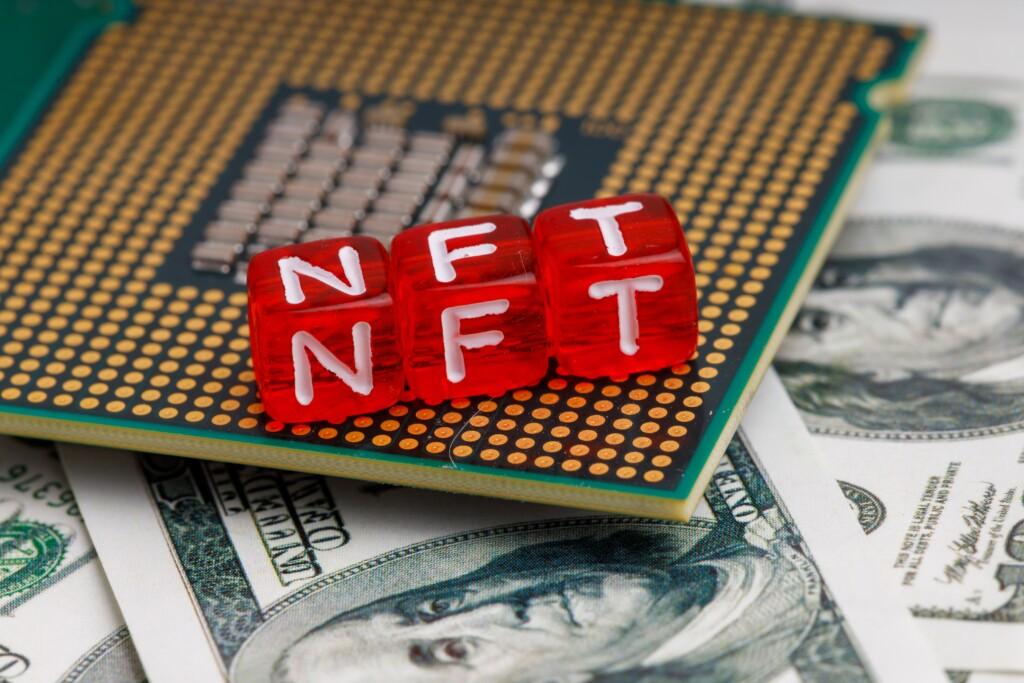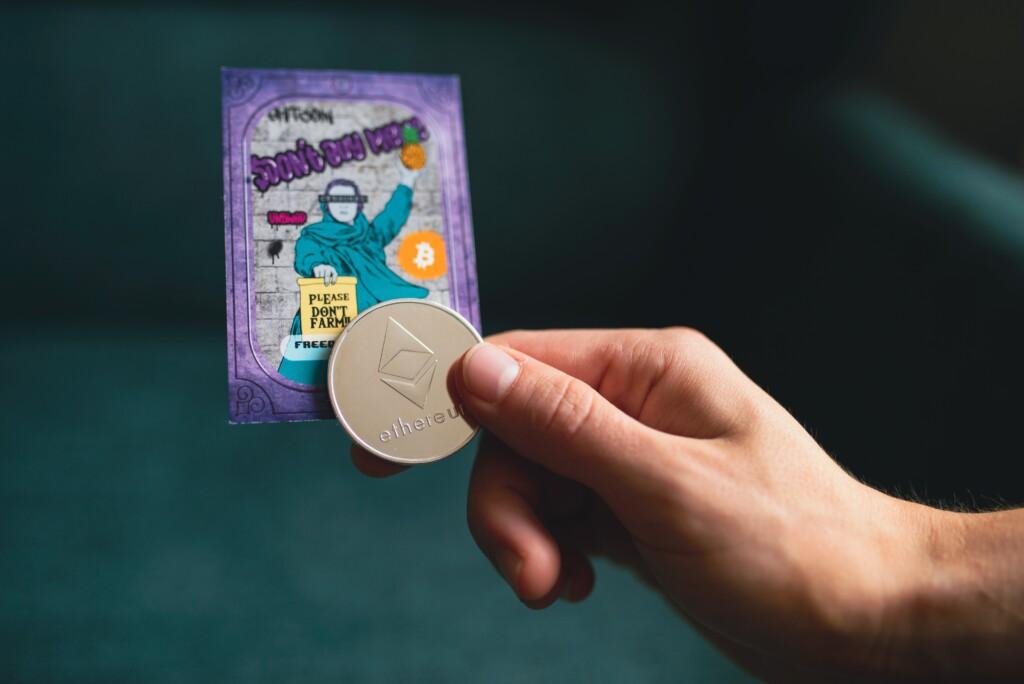Standing for nonfungible tokens, NTFs first appeared around 2015 and have been experiencing a recent boom in interest and utilization due to a variety of factors. NTFs are collectible Cyber, or crypto, assets that are exchanged online. Unlike cryptocurrencies, such as Bitcoin, which are fungible, nonfungible tokens can’t be exchanged directly with one another as no two NFTs are exactly the same. It is this uniqueness of each token that makes it valuable and oftentimes coveted. Because NFTs are created using blockchain technology, every nonfungible token contains specific characteristics that can be traced back to its creator, making it impossible to duplicate or fake.
Understanding Nonfungible Tokens
An NTF is unlike fungible tokens in that an NFT is 100 percent unique and cannot be duplicated or divided. This is a sharp contrast to a fungible token where each one is identical and can be divided equally. A real-world example is to compare a one-of-a-kind piece of artwork, which would have a value unique unto itself, to a piece of paper currency with exactly the same value as every other piece of currency of the same denomination. The currency can be divided into smaller amounts, whereas the artwork cannot.
Both fungible and nonfungible tokens are crypto assets, but NFTs are programmed with features that make each one unique, whereas cryptocurrencies, like Bitcoin and Ethereum, do not have this feature. However, NFTs are typically created using the same methods as cryptocurrencies, and both are based on blockchain technology. The key features of nonfungible tokens to remember are:
- Nonfungible tokens are unique cryptographic digital assets linked to a digital or physical artifact that provides proof of ownership.
- NFTs can represent online valuables and collectibles such as music, artwork, and games.
- Nonfungible tokens have a blockchain authentication certificate.
- NFTs can’t be manipulated, replicated, divided, or forged.
- Nonfungible tokens can only be exchanged on specialized websites designed for that purpose.
While nonfungible tokens first appeared around 2015, it is only in the past few years that NTFs have received a marked increase in interest. One of the reasons for the increased interest is the advancement of the third incarnation of the world wide web, referred to as web3 or Web 3.0. The most prominent reason for this insurgence is the fact that cryptocurrencies, and the underlying blockchain technology that powers the tokens, have become more accepted by the mainstream gaming industry. The rise in interest is also directly tied to the coming of web 3.0.
NTFs and Blockchain
As blockchain technology has become more secure and, therefore, more widely trusted and accepted, the combination of increased interest, immutable laws of supply and demand, and economic rarity have all contributed to the rise in the use of nonfungible tokens. Because it is only human nature to want to be part of the next big thing, gamers all want to participate in owning something unique that also holds the potential to appreciate in value. As more and more players want in on the phenomenon sweeping the gaming world, the demand for NTFs will continue to grow.
Nonfungible tokens have gained popularity partly due to the asset’s uniqueness and visibility. When someone acquires an NFT, they have, in fact, taken ownership of the item. However, because it is a digital asset, the token is visible online, at least to some degree, depending on whether or not the owner wants it displayed. The more it is seen as something attractive and unique, the more its value increases. If the token is sold or traded, the creator of the token receives a percentage of the determined value, with the hosting platform also taking a small cut, and then the remainder of the proceeds go to the seller. In this way, a potential ongoing revenue stream is generated by creating, selling, and trading the tokens.
Understanding Blockchain
The blockchain concept can be hard to understand for those unfamiliar with the technology. In simplest terms, a blockchain is a decentralized digital database shared on multiple computers on a network. This digital ledger stores “blocks” of data on each computer in the “chain,” or network. The decentralized model makes it virtually impossible to alter the records, guaranteeing both the accuracy and security of all the information stored in the chain. Once a block in the chain is recorded, the data is timestamped to prevent the possibility of it being altered by accident or through unscrupulous means. It is this authenticity, guaranteed by blockchain technology, that gives each NTF its legitimacy and its value. Each collectible token contains specific characteristics that make it discernible and verifiable from all other NFTs due to the underlying blockchain technology. This also makes creating fake NFTs a nonissue because each token can be traced back to its creator and all subsequent owners.
NTFs in Gaming
Video game recruiters report nonfungible tokens have earned significant interest from game developers as NFTs can be used to offer gamers a wide variety of benefits, making the game more attractive to players. In a typical online game, players may be able to acquire items, like a sword or shield, but they can not exchange those items with other gamers. However, NFTs allow players to recoup their investment and even turn a profit by trading or selling the paraphernalia when they are done using it.
Nonfungible Tokens and Blockchain Jobs
According to game industry recruiters, the use of nonfungible tokens and the games using the tokens are seeing demand explode. Because of the increased interest, companies using NTFs are in full-on recruitment mode. This explosion of growth in the NFT industry, along with the acceptance of blockchain technology and the propagation of Web3, has created a variety of career paths and opportunities for developers who possess both the skills and interests in creating unique and valuable digital assets. Due to the specific and specialized skills needed to create and maintain a blockchain database, blockchain recruiting is seeing unprecedented growth. As the market continues to expand, the demand for skilled developers becomes increasingly greater. One of the most significant increases in all of gaming is for blockchain jobs. This is especially true of remote blockchain jobs because companies are willing to hire remote workers due to the shortage of local and qualified job candidates.
As new technology evolves, blockchain and Web 3.0 affect practically every aspect of the world wide web and online gaming. As a result, new markets for games offering nonfungible tokens will continue to emerge as more people become aware of the technology and how it can be used to increase both the popularity and value of games. With blockchain’s continued growth and acceptance, video game recruiters are seeing a surge in studios hiring for blockchain positions.
For blockchain developers interested in creating nonfungible tokens, video game recruiting companies can be an invaluable asset. Game recruiters like DAM have access to dozens, sometimes hundreds, of unpublished job listings. Reputable recruiters do not charge job seekers a fee, as the agency’s costs are paid by the employer. DAM is the premier game recruiting agency in the U.S., offering free interview preparation assistance and career guidance.



